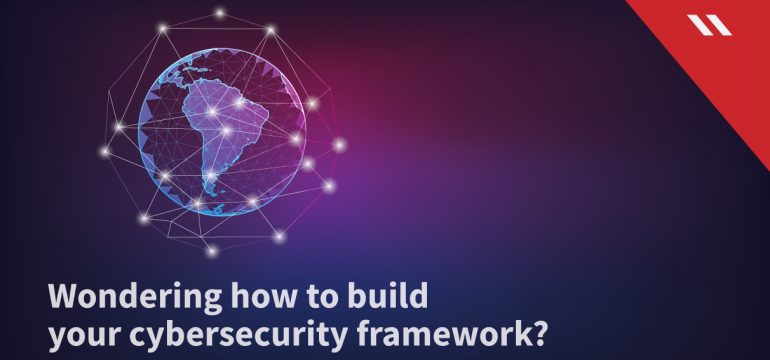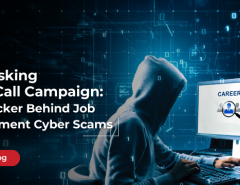Strategic planning and performance reviews have always been an important component for the c-suite and members of the board. Adding on to their responsibilities, now, cybersecurity has also become an essential part of the conversation that enterprise stakeholders have, especially with a large number of malware attacks occurring periodically.
However, cybersecurity is a new and vast subject for enterprise decision-makers to understand. In almost all cases, the business pantheon except the ones with a technical backdrop such as CISOs, are typically not so well-versed with the ethos of technology, especially that which involves protecting a business from cyber threats.
Here is where heads turn to security officers to write and implement policies that safeguard the enterprise from the menace of malware.
Hence it becomes important for, say, the CISO or the CSO to be immensely involved in the technicalities of security solutions while the rest of the c-suite and the board concentrates on other core areas of business.
For security professionals keen to know where to start building cybersecurity policies from, here are a few tips:
Threat evaluation
What kind of threats are majorly affecting organizations?
The number can vary — Seqrite’s Threat Report for Q2 2019 reported that the manufacturing sector is more at risk of cyber threats. CISOs can find the answers through a quick evaluation of recent attacks on companies within the same sector.
Threat prevention
How many threats are currently attacking businesses?
CISOs need to gauge this number to illustrate the relentless nature of the problem they are fighting and why even a minor slip-up could result in major consequences. After the necessary approvals policymakers can draw an outline for a security framework.
Monetary loss prevention
Is threat prevention directly proportional to preventing monetary losses?
This should not be a difficult answer to figure as there are reliable studies every year on monetary losses occurring due to malware attacks. Understanding such surveys helps in the alignment of financial damages with enterprise risks.
CISOs can educate enterprise stakeholders about the number of monetary losses that can be prevented hence concisely illustrating the benefits of owning a robust cybersecurity framework.
Cybersecurity metrics for further improvement
Considering the dynamic and evolving nature of malware, penetration channels & attack vectors, no cybersecurity framework can ever be concrete. Periodic tweaks are required in order to cater to new and sophisticated threats. It is extremely important for business stakeholders to understand this fact in order to be in tandem with individuals developing a plan for enterprise cybersecurity.
When the C-Suite and the board members are aligned on the timeline of the framework it becomes easier for the entire organization to move forward in keeping the enterprise safe from thousands of different threats that exist outside.




